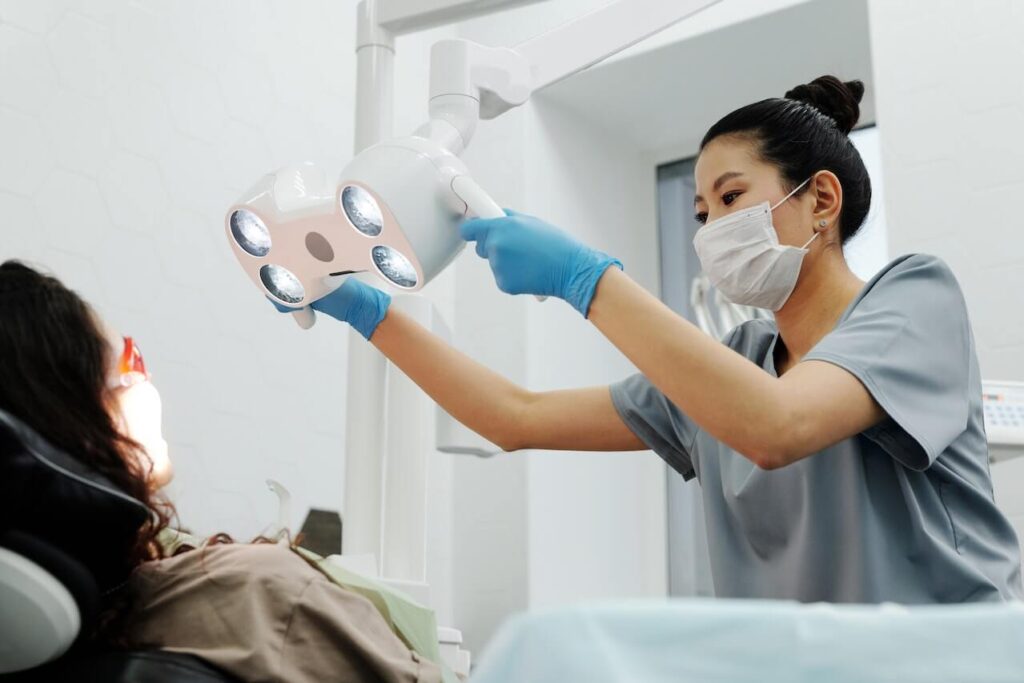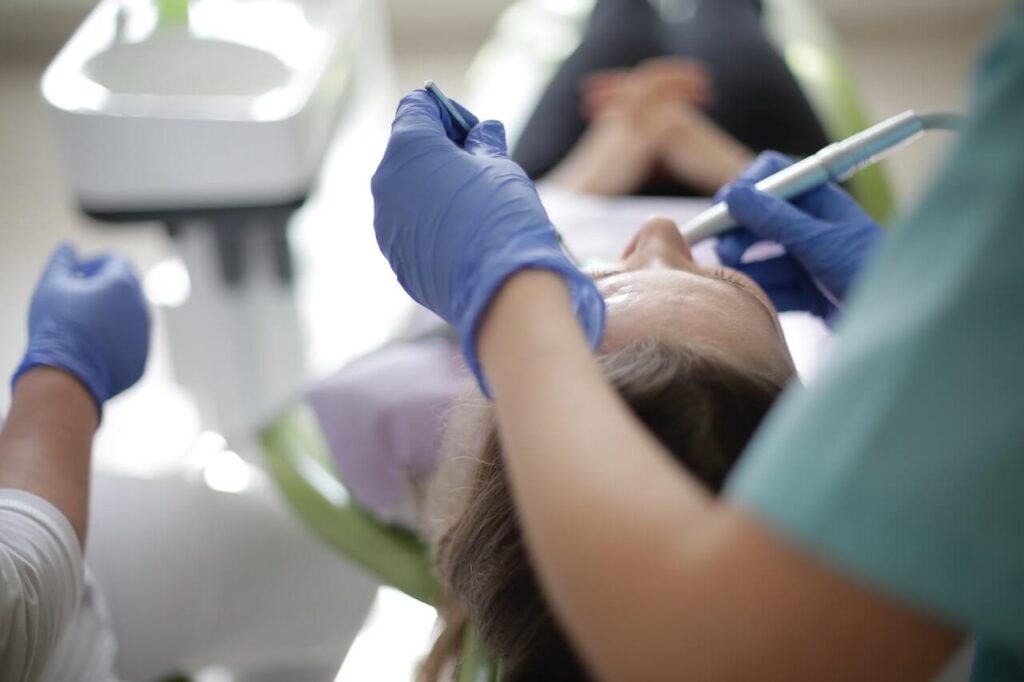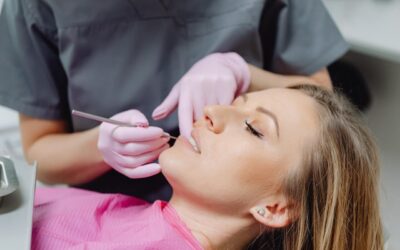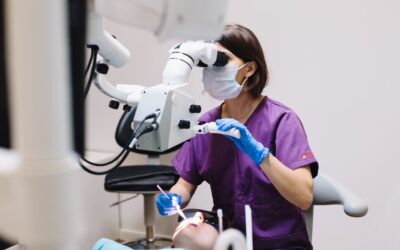Were you aware that about one in three Americans has tooth decay or dental caries (aka cavities)? The quicker you begin keeping a careful eye on the state of your oral care, the faster you can start to deal with the problem, and take actions to avoid future issues. In this post, we will explore what cavities may appear like, how to know if you have one, and what treatments might help. Keep reading for more information about this regularly occurring problem and how to avoid it.
What Is A Cavity?
A cavity is a hole in your tooth caused by the decay of a tooth’s structure. Decay is the process of this tooth’s minerals breaking down, and the decay is the visible damage of this tooth’s structure.
Cavities can take place in one or all of your teeth, and they can be quite noticeable. In truth, they are often a concern for both dental professionals and dental patients alike.

If you have recently had a cavity, you know simply how unpleasant it can be. If left neglected, a cavity can result in more oral problems and even tooth loss. Fortunately, they can be prevented, and they are typically reversible when caught early.
Understanding The Causes of Cavities
To begin the process of dental caries, germs in your mouth feed upon the sugars in foods, beverages, and plaque on your teeth. Germs consume these sugars, produce acids, and use up minerals in your teeth. As your teeth deteriorate and ultimately collapse, germs feed upon these minerals, causing a lot more acid to be produced, and a hole to form.
Dental caries happen because of a range of elements, including genetics, bacterial infection, diet plan, age, and unhealthy routines like smoking cigarettes. The following are a few of the most typical reasons for tooth decay.
– Genetics – There are several instances where you may be more likely to establish dental caries, one of which is if you have a parent or relative with a history of the issue.

– Diet – Certain foods, sugary drinks, and dietary routines have actually been known to increase the danger of developing dental caries.
– Age – As you age, your teeth end up being more prone to decay, particularly if you have ever been a heavy cigarette smoker.
Indications of an Unhealthy Mouth that Might Indicate a Risk for Cavities
While there are numerous elements that can result in tooth decay, specific factors of your oral health can indicate that you are at higher threat. If you struggle with one or more of the following, you might be more likely to the development of a cavity in your teeth:
– Poor dental health – If you have bad oral health, like not brushing your teeth daily or not flushing your mouth with clean water, then you are more likely to develop a cavity.
– Tobacco spots on your teeth – If you have tobacco stains on your teeth, particularly on the front teeth, then you are at a greater risk of getting a cavity.

– Tooth Brushing Ineffectiveness – If you do not brush your teeth routinely enough or thoroughly, then you are more prone to getting a cavity.
Treating Cavities to Prevent Tooth Decay
While many individuals choose to treat cavities as soon as they appear, it is very important to keep in mind that some can not be reversed. Ideally, the goal is to keep them from occurring in the first place. Once a cavity has fully formed, it can be tough to reverse, but it can still be avoided. If you have kids, teach them a proper dental care from an early age.
Before you visit the dentist to get your cavity treated, you can utilize some of the following common health strategies to prevent even more damage.
– Regular Tooth Brushing – This is perhaps the most important technique of avoiding dental caries. While you may brush your teeth after you have your dinner, you may not be brushing them completely enough.

Brush for at least 2 minutes. Once you have finished your dinner, prioritize taking 2-3 minutes immediately after to thoroughly brush your teeth.
– Flossing – This is not only for getting them spotless daily, but is even more important a consideration for those who do not floss frequently. Flossing eliminates plaque and food particles between teeth and between teeth and gums.
– Mouthrinse – This can be used before and after meals to prevent oral infection and get rid of excess acid and bacteria.
Tips for Maintaining Gum Health and Oral Care
While you might brush your teeth daily, you should also pay attention to your gums as well. Gums are a vital part of keeping your teeth healthy, and they can be quickly harmed if you disregard oral care. To guarantee proper gum health, you need to do the following:
– Brush Your Gums – This is a no-brainer, however you must brush your gums completely.
Not only will this remove plaque and bacteria, but it will also help to maintain proper gum health.
– Floss Your Gums – If you do not floss your gums, they will collect plaque, bacteria, and tartar. This will potentially lead to gum disease, and eventually missing teeth.
– Getting Your Teeth Cleaned. If you do not get your teeth cleaned regularly, you are at higher risk for dental problems. Call our dental hygienist today or send us an email today and book your appointment right away!
Conclusion
Whether you are experiencing a cavity or attempting to prevent one, it is necessary to keep a close eye on your oral health. Routine oral health visits, a healthy diet, and regular tooth brushing can prevent many concerns that could take root down the road. While there are lots of approaches to avoiding cavities, the most important one is to brush your teeth, both thoroughly and regularly!





0 Comments